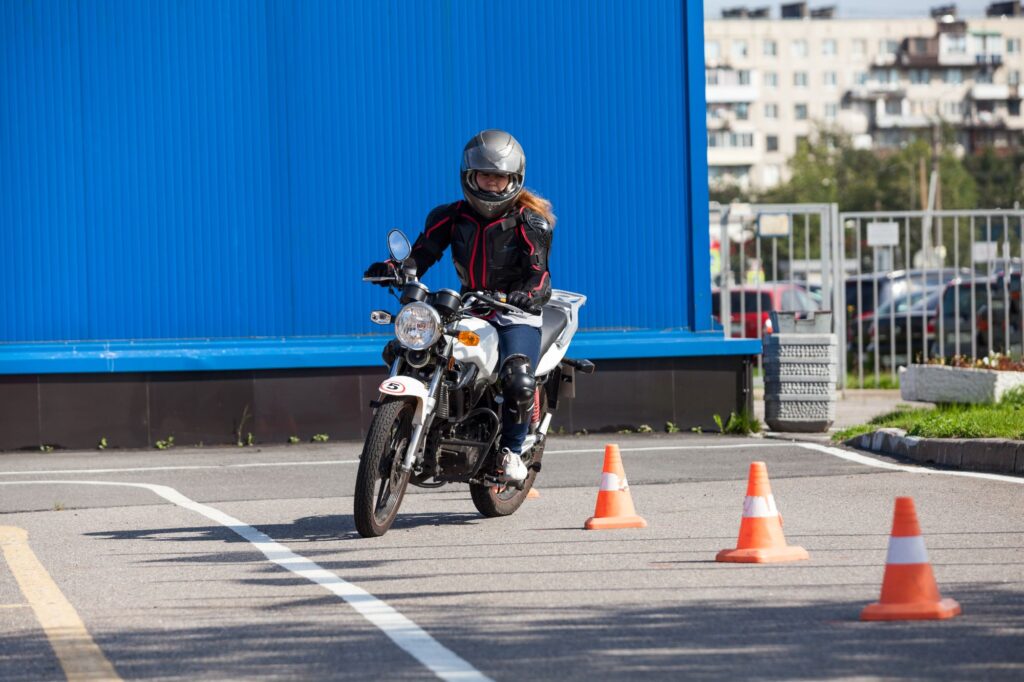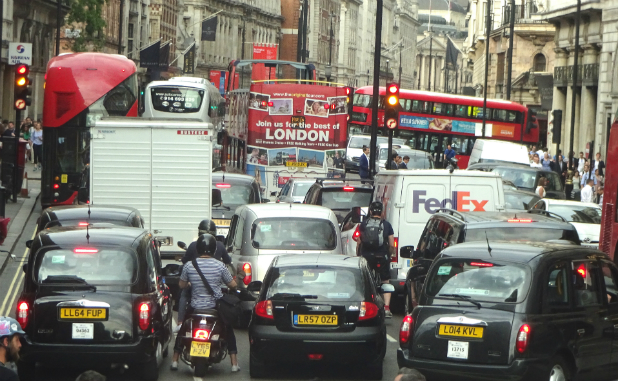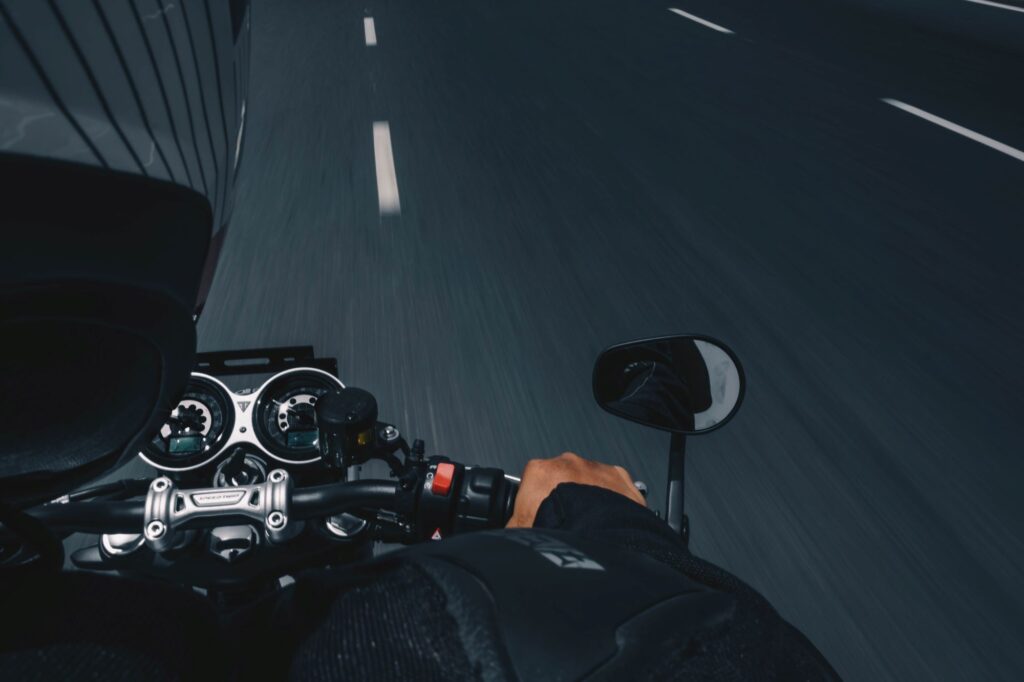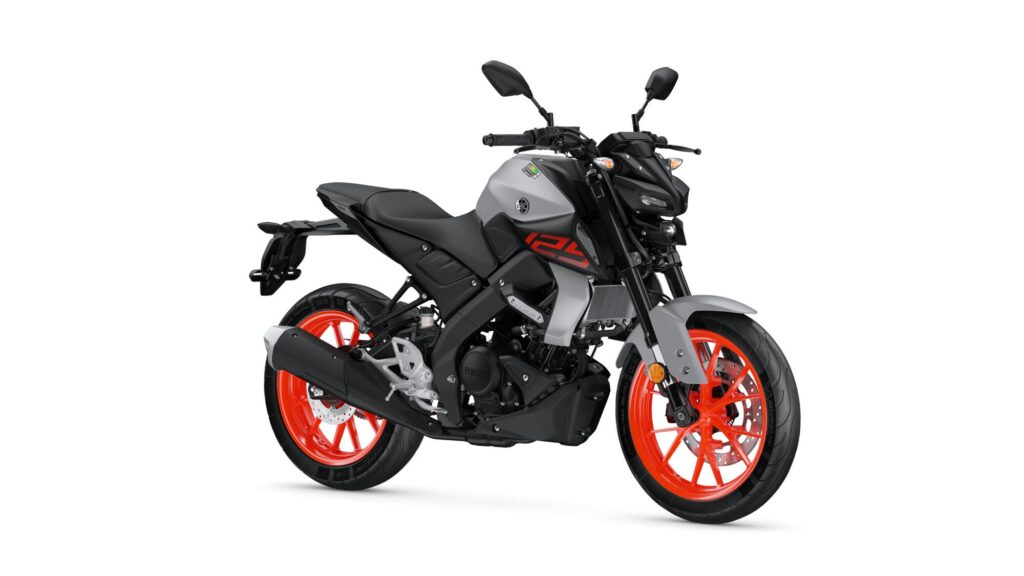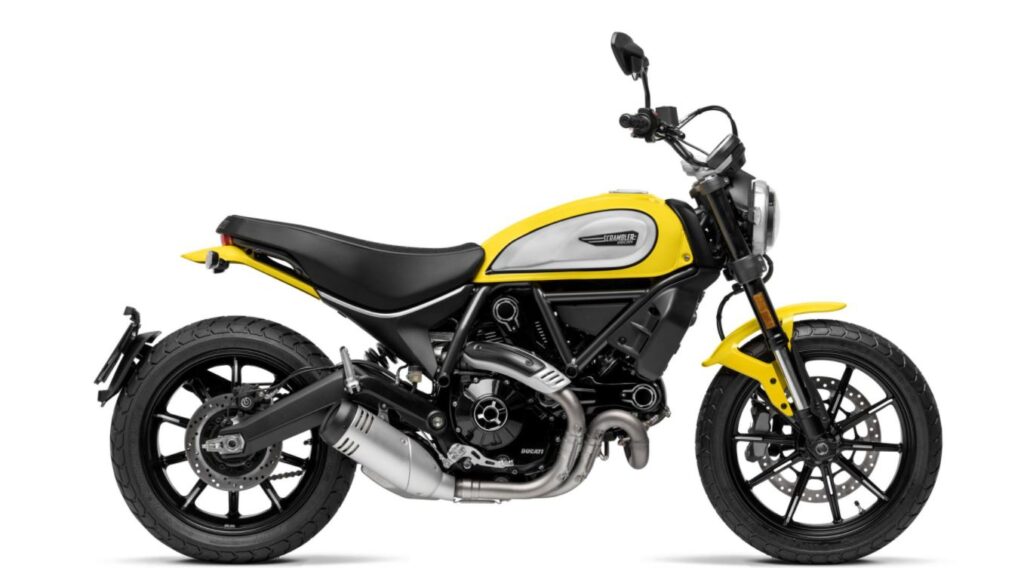
As we roll into summer and with biking season in full flow, we’ve decided to feature two of our most popular blogs from Forever Bikes, a site dedicated to riders who have owned their motorcycles for over 30 years.
Robin Morris has five motorbikes, five cars, a boat, a couple of tractors, a collection of about 40 outboard motors, and a stunning modern farmhouse set in 16 acres of land.
But of all these possessions, two mean more to him than all the rest – a humble Honda C50 originally owned by his father, and an Ariel Red Hunter bought for him by his mother.
They represent a treasured connection to the past, to his parents who, each in their own way, shaped his love of motorbikes, and how they work.
From his father, Colin, a railway engineer, Robin was imbued with a mechanical bent, a desire to find out how things work and fix them.
And from his mother, Freda, who rode motorbikes before and during the war and also drove heavy trucks as a Wren in wartime, his fascination with two wheels.
Motorbike memories

The Honda and the Ariel, so different in their approach to style and engineering, bring back memories of both, and Robin hopes both bikes will remain in the family for years to come once his time on the road hits a permanent red light.
“The biggest factor is how much longer I can have a driving licence,” says Robin, 73. “The bikes will carry on with me for as long as I’m able to ride them.
“I hope there’s someone who can appreciate that the Honda is something of a family heirloom, and hopefully the Ariel, part of the family history and heritage, will find a place in the family.”
Of his four children and 10 grandchildren, Robin’s eldest son, a Typhoon fighter pilot and a biker like his father, seems the most likely recipient.
“His generation doesn’t understand advance and retard, or a choke,” he smiles. “Despite the fact that he can fly a Typhoon and do amazing things with it, can I teach him how a choke works?”
It was all rather different in Robin’s day, spending his youth working on cars with his father, an apprentice to the great steam engineer Sir Nigel Gresley, who designed the legendary Flying Scotsman and Mallard locomotives.
“Ironically, my father loathed steam engines, but I acquired his skills, his tools and learned all the techniques,” says Robin, who was born near Brentwood in Essex, but only lived there for 10 days before moving around the country with his father’s work, with stops at Norwich, Cambridge and Welwyn Garden City.
It was while at Welwyn that Robin bought his first bike, passing his test on his 16th birthday and buying a 250cc BSA C10.
“My mother was very relaxed about it, while my father was extraordinarily good at looking after them,” he says. “All the breakages and breakdowns, he would do.
The bedside BSA

“I slept on the ground floor and my mother let me have the BSA alongside my bed, as long as I had a drip tray underneath it. I could reach out at night and touch it.”
After six months, Robin moved on to a 500cc Matchless before buying a three-wheeled Morgan, which he could ride at 16 on a motorbike licence because it had no reverse gear.
On leaving school, Robin was accepted by British Overseas Airways Corporation, now British Airways, to train as a pilot.
“After six months flying training I decided I was not sure this was for me – it will give me up before I give it up,” he says, resigning to take up a place studying law at Coventry University.
“I was interested in the law, because next door was a local solicitor and his car was a much better car than my father’s!”
By the time he had qualified as a solicitor, Robin’s father had bought a new 50cc Honda Super Cub, a machine in continuous production since 1958 and now the world’s most-produced vehicle, selling more than 100million by 2017.
Never a biker, as such, Colin had nevertheless previously owned a Cyclemaster and then an NSU Quickly to get to the allotment or the railway station, and the Honda fulfilled the same purpose from 1970 onwards.
He would ride it to the station at Welwyn Garden City, then get the train into King’s Cross, where he was District Running and Maintenance Superintendent for the railway.
To read more of Robin’s story visit here.

This is the Honda Gold Wing in its purest form.
No fairings, no inbuilt luggage panniers, no stereo, no sat nav, and no armchair-style pillion seat.
And, according to Pete Berladyn, the bike’s owner for the past 35 years, it is all the better for it.
“Just a big lump of an engine in a typical looking motorcycle frame,” he says of the Honda GL1000.
“I don’t like the later type Gold Wings. This looks like the style of an older British bike from the postwar years, and I just love it. The Japanese were ahead of their time with the motorbikes they produced in the ‘70s. They virtually put the British bikes out of business.”

Pete was 30 when he bought the Honda in 1985, a return to biking after more than a decade on four wheels.
More than three decades on, his bond with the bike runs deep.
“I would die first before I sold it,” he says, before reluctantly accepting the sheer weight of the Gold Wing would one day be too much for him.
“I suppose there will be a time in the future where I will have to seriously consider selling it. As soon as you’re on it riding down the road it’s not an issue, but moving it around, pushing it back up the slightest of inclines, it starts getting heavy.
“I remember in years gone by, I could be sat astride it and put it up on its centre stand quite easily; I couldn’t do that anymore. It feels heavier and heavier as the years roll by.
“One day I will have to sell it and be happy it’s gone to a good home.”
In the blood

Biking is in Pete’s blood. Some of his earliest memories are of riding around his native Lincoln with his father in the late ‘50s.
“I grew up on the petrol tank of my father’s bike,” he remembers. “We used to ride up the main road in Lincoln, me aged about four or five on my dad’s tank with his arms around me.
“He ran a combination unit so he always had big bikes, until he progressed to a three-wheeled Reliant and finally passed his car test in the mid ‘60s.”
Pete wasted no time in getting his own motorcycle, riding a 125cc Francis-Barnett around the garden at the age of 12 or 13.
A Cyclemotor followed, then a 175cc Triumph Tigress scooter.
“I’d just be running around my father’s place,” he says. “I had a course in and around the apple trees in the orchard.
“The first two-wheeled machine I had on the road was an Li150 Lambretta when I was 16, and I belonged to Lincoln Poachers Scooter Club.”
Other bikes came and went, including brief flirtations with a 175cc Honda and a Raleigh Runabout moped.
“In those days you had a bike, had it on the road, then somebody wanted to buy it so you sold it and went bought another one,” he says. “A lot of the time I used to buy them off a friend, fix them, run them for a month or two and sell them on.
“Eventually I had a small Triumph Tiger Cub, then I passed my car test at 17 and left bikes alone. Once you had a car it was more useful.”
First car for a fiver

Pete saved up £5 from his paper round to buy his first car, a Ford Anglia he and his father rebuilt together.
“The engine was in bits in the boot,” he remembers. “We put that together, my father resprayed it and I drove that for the first year or so before it finally ended up in the scrapyard. I rolled it late one Friday night…”
It was followed by an Audi 100LS, an Austin 1100, a Vauxhall Victor Estate and a Rover 2000TC that he kept into the 1980s.
By then, Pete was earning decent money in the oil exploration industry, and his attention was finally turning back to motorbikes.
After leaving school at 17, he worked for two years as a trainee civil engineer on £9 a week before signing up for the Volunteer Commando Squadron of the Royal Engineers, based in Plymouth but travelling widely.
There he trained as a land surveyor, leaving after five years to use his skills in seismic exploration for the oil and gas industry, first as an employee and then as a freelancer.
His was a nomadic existence, working overseas much of the time, returning to the UK for a few weeks before heading off again, working throughout Africa and Europe, as well as three years in Australia and stints in India, and Bangladesh.
Arctic experience
“I spent six months up in the Arctic in Spitsbergen in an area known as Svalbard,” he says. “It was a very good job, and for me it was a great experience.”
It was on his return from Spain in 1984 that he first set eyes on the Gold Wing, which was owned by a friend and next door neighbour.
“By then I was financially sound, and I said ‘when you part company with it, I want to buy it’,” says Pete. “He came to me in ‘85 saying he was going to buy a Yamaha FJ1300 and wanted to part company with the Gold Wing, so I bought it off him for £1,000 and here it still is today.”
To read more of Pete’s story visit here.

